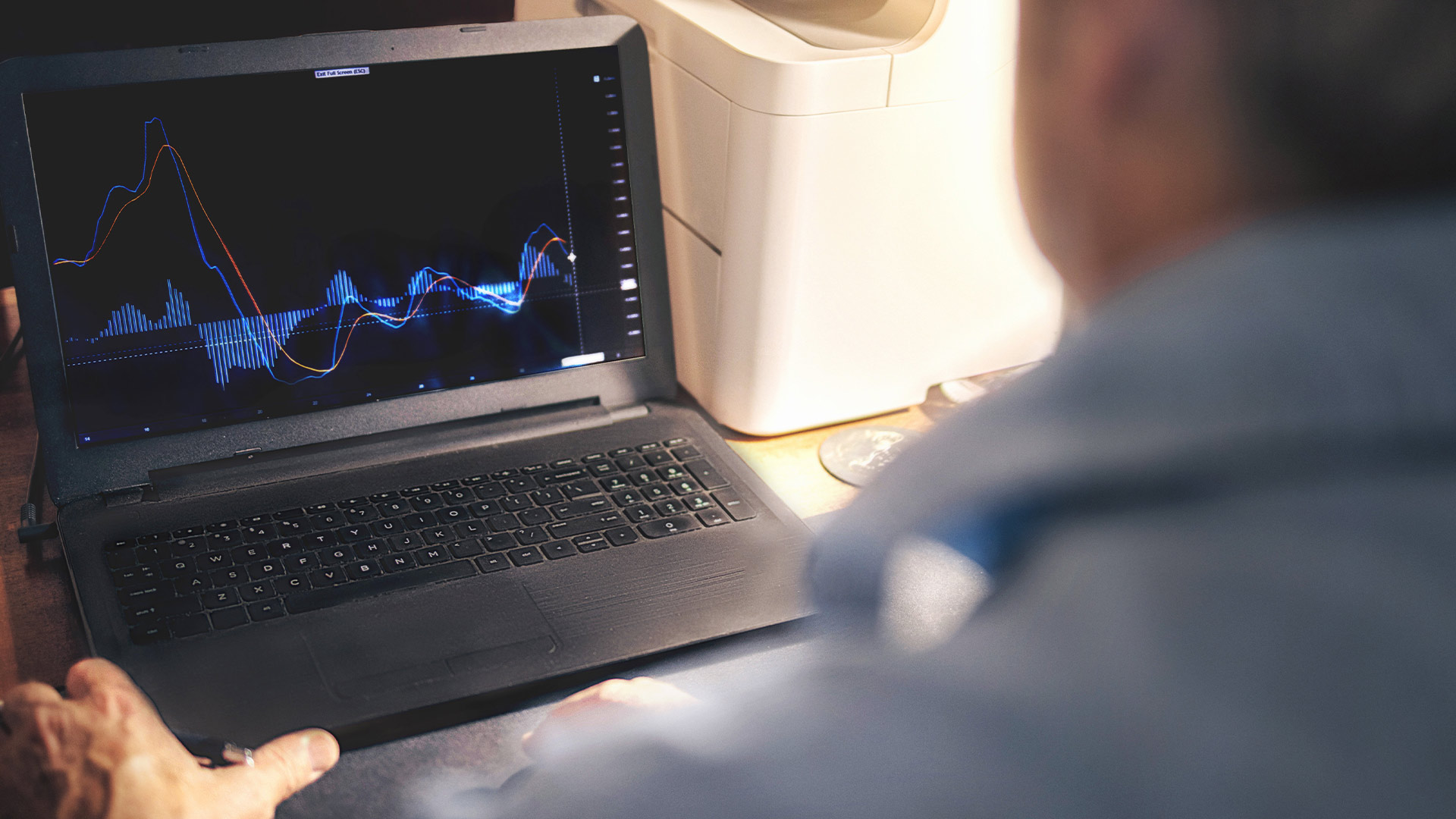What Happens When You Break Monetization Rules

Break that trust, and there are real consequences. Whether it’s a slip-up or a repeated violation, understanding what happens when you breach YouTube’s monetization rules can help you avoid costly mistakes—and know what to do if you’re already in trouble.
YouTube’s monetization system is built on trust—between creators, advertisers, and the platform itself. Break that trust, and there are real consequences. Whether it’s a slip-up or a repeated violation, understanding what happens when you breach YouTube’s monetization rules can help you avoid costly mistakes—and know what to do if you’re already in trouble.
Here’s everything you need to know about the consequences, the appeal process, and how to recover if things go wrong.
Immediate Consequences of a Monetization Violation
Violating monetization policies can trigger one or more of the following responses:
- Limited or no ads (the yellow icon)
- Complete demonetization of a specific video
- Channel-wide demonetization
- Suspension from the YouTube Partner Program
- Account termination in extreme or repeated cases
YouTube doesn't just punish the single video—it can penalize your entire channel if violations are frequent or intentional.
Types of Monetization Rule Violations
Let’s break down what commonly causes violations:
1. Content Reuse Without Transformation
Uploading content that you didn’t create and didn’t meaningfully edit—like TV clips, TikTok compilations, or re-uploaded music—will almost always trigger demonetization.
2. Deceptive Metadata
Using misleading titles, tags, or thumbnails to trick viewers or the algorithm is a clear violation.
3. Inappropriate or Sensitive Content
Videos with excessive profanity, graphic violence, adult themes, or controversial political content can be flagged as not suitable for ads—or removed entirely.
4. Spammy or Misleading Behavior
This includes:
- Mass-producing low-quality videos
- Encouraging “sub4sub”
- Stuffing keywords into descriptions or tags
5. Violation of Community Guidelines
Monetization is linked to your account’s good standing. A single Community Guideline strike won’t remove monetization, but repeat strikes can result in full channel demonetization.
The Review and Enforcement Process
When a video is flagged, YouTube’s system responds in several ways:
- AI scans the content and may auto-limit ads or disable monetization
- You may be notified in YouTube Studio with a yellow icon
- You can request a manual review—this typically takes 24–48 hours
If multiple videos get flagged in a short time, YouTube may begin a broader audit of your content history.
In severe cases, YouTube will email you about a channel-level issue—this is a red flag and needs immediate attention.
Channel-Wide Demonetization
Your entire channel can lose monetization access under the following conditions:
- Multiple videos violating monetization policies
- Repeat infractions across a short time span
- A history of violating Community Guidelines or copyright claims
When this happens:
- You’re removed from the YouTube Partner Program
- All ads are disabled
- You can reapply in 30 days—if you’ve fixed the issues
YouTube sends a rejection reason, usually citing reuse, duplication, or community safety violations.
Suspension vs Termination
Suspension from monetization is temporary and allows you to clean up and reapply. Termination, on the other hand, is permanent and typically reserved for:
- Mass spam operations
- Child safety violations
- Large-scale copyright infringement
Terminated accounts cannot create new channels or access AdSense payments. This is the most severe penalty and often the result of persistent or egregious violations.
What to Do If You’re Demonetized
If your video or channel gets demonetized:
Read the Violation Notice Carefully
YouTube provides a general explanation—look for phrases like “reused content,” “copyright,” or “inappropriate content.”Review Your Recent Uploads
Which videos triggered the yellow icon? Are there patterns in content or titles that may have caused it?Request a Manual Review
This is your chance to explain why your content meets guidelines. Keep your appeal short and factual.Clean Up Your Channel
Remove or private videos that may violate policies. Update thumbnails, descriptions, and titles for clarity and honesty.Use the Self-Rating Tool
Going forward, be honest with your monetization self-assessment. Channels that self-rate accurately are more likely to earn auto-approval for future videos.
How to Reapply to the YouTube Partner Program
If you’re removed from YPP, you can reapply in 30 days. But don’t rush—use that time to fix the core problems.
Steps:
- Revisit monetization policies
- Build a batch of compliant content (3–5 new videos)
- Engage with your audience: post in Community tab, reply to comments
- Upload consistently to rebuild channel trust
When reapplying, YouTube will reassess your channel as if it were new.
The Impact on Other Monetization Features
Demonetization doesn’t just affect ads. It can temporarily or permanently disable:
- Channel memberships
- Super Chats
- Shopping integrations
- Creator funds (for Shorts)
This reduces your revenue streams and hurts engagement—especially for creators who rely on their communities for income.
Real-Life Examples
The Quartering was temporarily demonetized for repeated commentary on controversial topics. He adjusted his titles, removed inflammatory tags, and eventually regained monetization.
Jukin Media channels were demonetized for unclear reuse of user-generated content. After renegotiating rights and labeling ownership clearly, monetization was restored.
Toy channels targeting young children were hit hard in 2020–2023 for safety violations. Some pivoted to family-oriented content with clear educational labels to regain status.
These creators made necessary changes, documented their process, and regained YouTube’s trust.
Preventing Future Issues
The best strategy is proactive. Here’s how:
- Keep an archive of all your original footage and editing files
- Use royalty-free or properly licensed music and B-roll
- Track comments and flags on your videos to spot trends
- Stay subscribed to YouTube’s Creator Insider updates for policy changes
- Avoid shortcuts—no matter how tempting viral tricks may seem
Once your monetization is revoked, rebuilding takes time. It’s far easier to build with policy compliance from the start.
Rebuilding After Monetization Loss
If you’re rebuilding after demonetization, the path can feel uphill—but many creators have done it successfully.
- Start by rebranding if necessary: update your channel banner, bio, and visual identity to reflect a new direction.
- Let your audience know: transparency builds trust. A community post explaining your changes can bring loyal viewers closer.
- Focus on playlists and session time: use end screens, playlists, and pinned comments to increase viewer retention.
Some creators find that channel demonetization forces them to improve—and their channel grows stronger in the long run.
Rebuilding isn’t just possible—it can be the thing that unlocks long-term success if handled with consistency and clarity.


